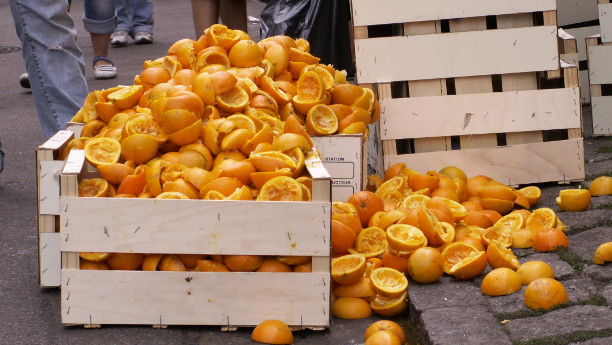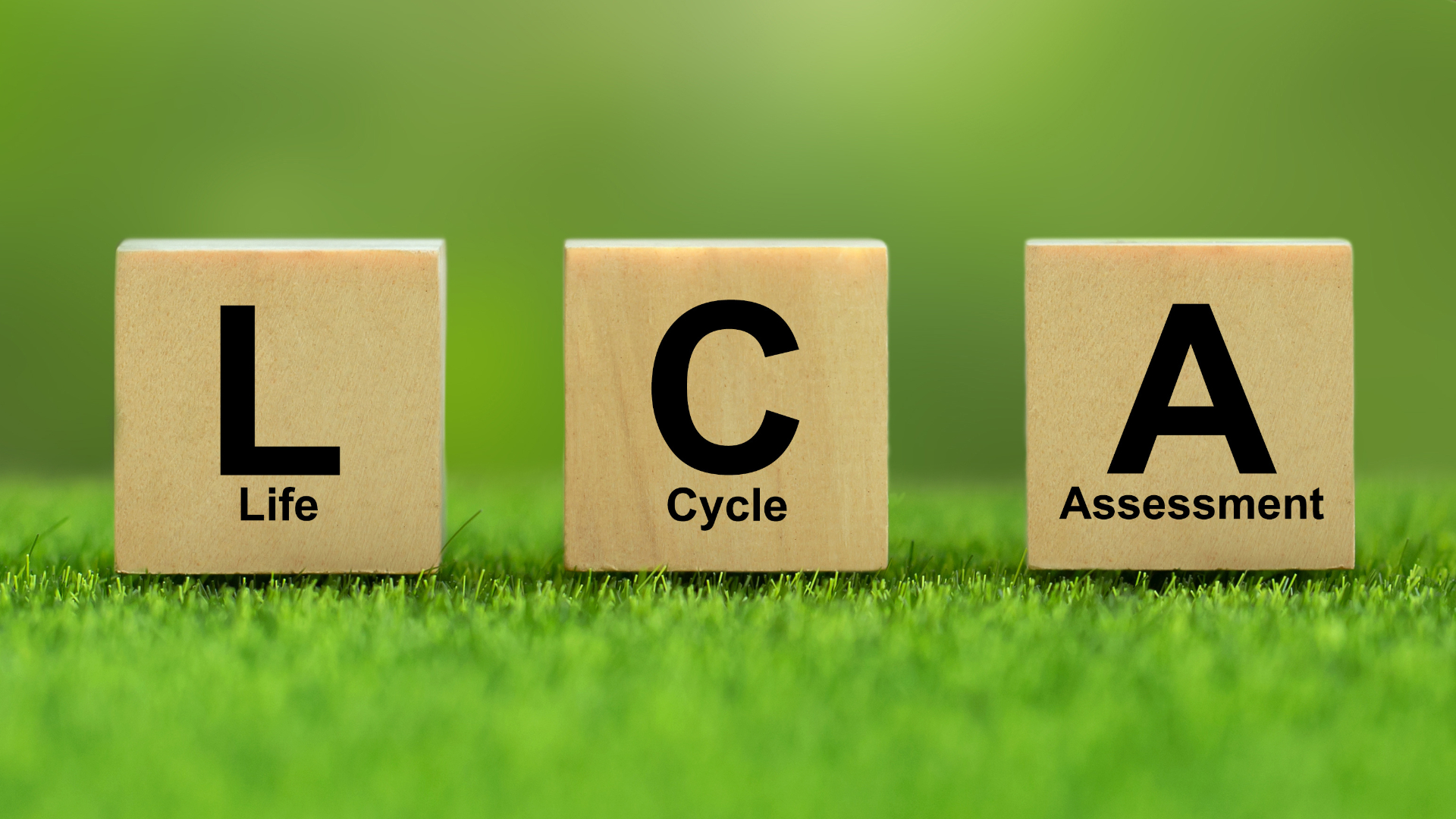Biobased economy headed for success
The German biobased economy is on the road to success. That is underlined by the progress report of the German National Policy Strategy Bioeconomy.

In July 2013, the German Federal Government has been put structures in place to facilitate the development of a biobased economy by means of the "National Policy Strategy Bioeconomy". A co-ordinated and cross-departmental package of measures introduced under the auspices of the German Federal Ministry of Food and Agriculture (BMEL) aimed to motivate players in science and business to use more renewable resources and biological waste in the development of new products and processes. The strategy was built on the "National Research Strategy Bioeconomy" which was started in 2010 by the German Federal Ministry of Education and Research (BMBF).
A large variety of biobased products, processes and services have now reached the market, demonstrating the rapid development of the German bioeconomy. The bioeconomy can thus be considered the driving force behind innovative business ideas in several industrial sectors. A recent study has shown that the Green economy is the second-largest growth area for German start-ups.
A positive balance sheet
German Federal Government grant schemes have sparked a considerable change in direction in research and the economy, and have encouraged innovative green ideas to take hold. That is demonstrated in the progress report published by the interdepartmental working group (IMAG), which is involved in the implementation of the National Policy Strategy Bioeconomy under the chairmanship of BMEL. Taking stock, the working group sees a positive balance: according to the report, Germany is well on the road towards creating a sustainable bioeconomy.
Innovating through grant programmes
The experts believe that the policy strategy’s principal goals and ideas have found their way into policies across various ministries, the design of funding programmes and measures. International agreements as well as national and international symposia also helped to contribute towards the strategy goals. In its 75-page report, the working group published a list detailing to what degree the more than 70 individual bioeconomy-related measures mentioned in the strategy have been implemented.


